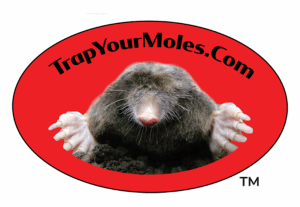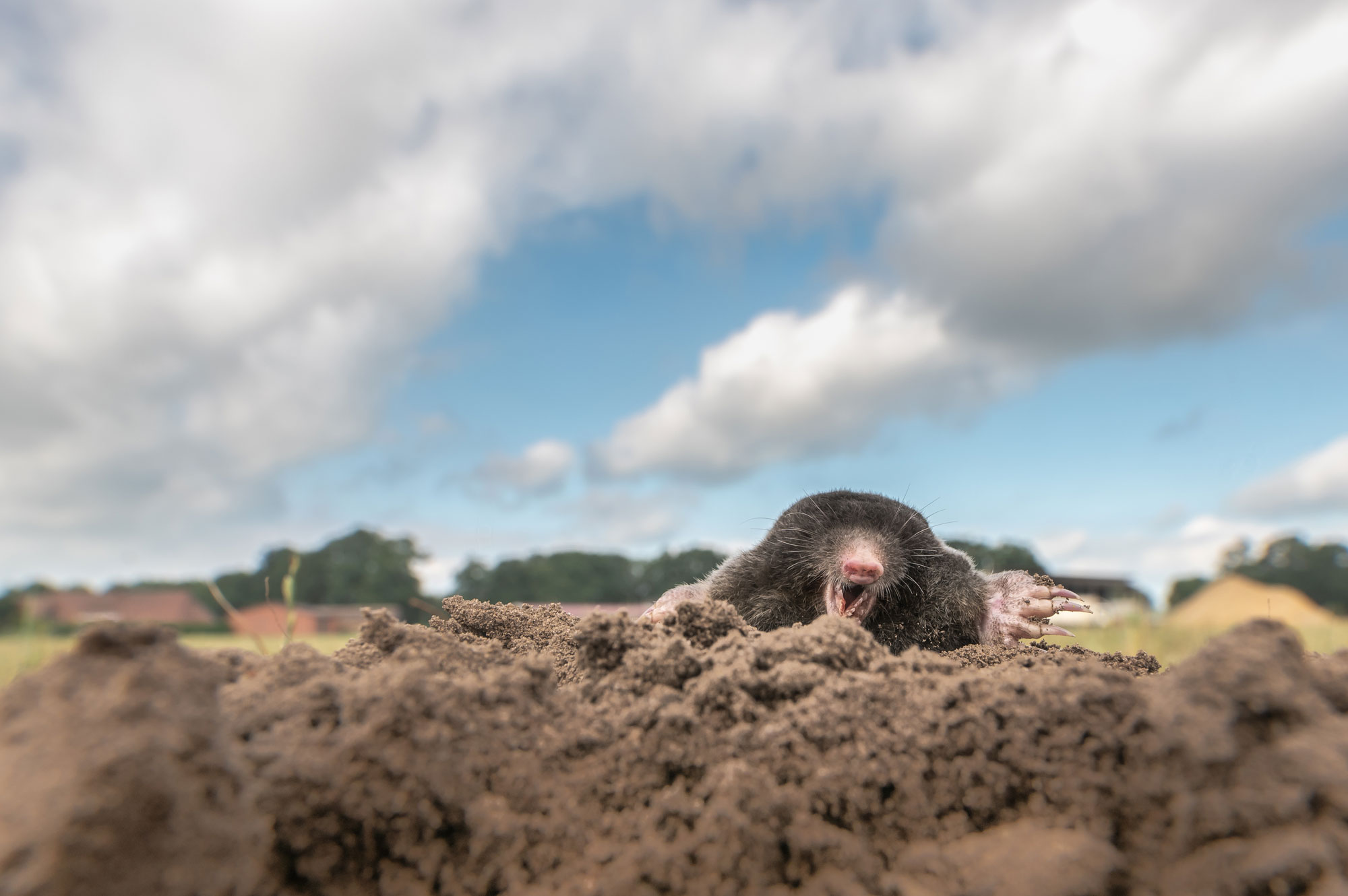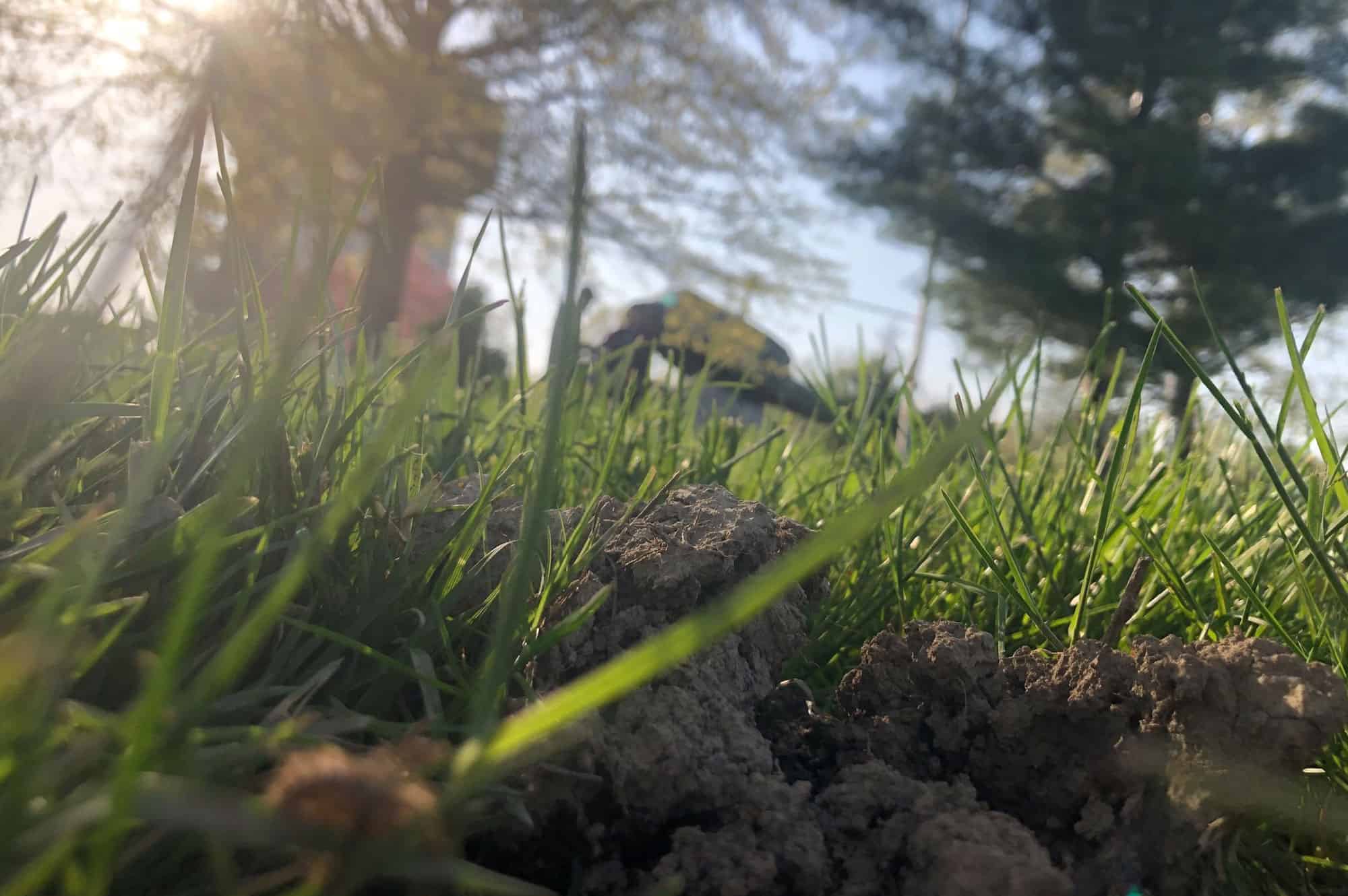If you’ve ever walked outside and felt dread at the sight of dirt mounds and dead grass, then you’ve likely encountered the Eastern Ground Mole. Small, furry, and destructive, the Eastern Ground Mole is native to Cincinnati and the eastern half of the United States. It tunnels in yards everywhere, and no homeowner is safe from a potential mole infestation.
Luckily, professional mole trapping services like Trap Your Moles are experts in trapping these pesky critters. But what exactly are they? What are their habits? What do they like to eat? And why did they choose your yard instead of your neighbor’s?
If you’ve ever wanted to know more about the Eastern Ground Mole, then this blog is your perfect opportunity. After all, knowing the enemy is the key to winning the war against moles. Read on to learn about the Eastern Ground Mole.
Physical Description
Eastern Ground Moles are small mammals with a body length of approximately 6.3 inches (16 centimeters). They have soft, gray-brown fur and an elongated, potato-shaped body. The mole’s defining characteristics are its large front feet with shovel-like claws for digging, its pointed snout, and its lack of visible eyes and ears.
Moles are mostly blind, but their fused eyes can sense light and dark. Their hearing is fairly sharp, however. They also have a short, thick tail that they use almost like a backup camera. The tail is covered in fur, and they use their sense of touch as they crawl backward through tunnels.
The Eastern Ground Mole may look like mice or rats, but it doesn’t belong to the rodent family. Moles are more closely related to bats and belong to a classification of mammals called insectivores.
Diet
Being insectivores, Eastern Ground Moles primarily eat insects, although their favorite food is earthworms. Worms, grubs, and larvae of other insects are typically all on the menu for Eastern Ground Moles. They’re voracious eaters, consuming between 25-50% of their body weight in food per day!
Contrary to popular belief, moles typically don’t eat much vegetation. Their tunnels can uproot gardens and other plant life, but they’re not the critters usually found snacking on your vegetables or flowers.
Habitat
Eastern Ground Moles spend most of their lives underground, and they can be found all throughout the eastern United States, Canada, and Mexico. They have the largest habitat distribution of any mole subspecies. They tend to favor soft, loamy soils in moist areas, which makes their digging easier.
They dig both shallow and deep tunnels, which are used for different purposes. Shallow tunnels are for foraging for food, while the deeper tunnels are living spaces.
Breeding
Eastern Ground Moles are typically solitary creatures, but they come together to breed in late winter or early spring, with litters of between two to five young being born between April and June. The gestation period is around 45 days, and the baby moles mature and leave their mother after about a month.
Behavior
Eastern Ground Moles spend the majority of their time digging tunnels to find food. They’re active all day long and all year round, but usually are the most active in the mornings and evenings and are more noticeable in the warmer months. Moles do not hibernate during the winter, however. Instead, they burrow deeper underground, where the soil is less likely to be stiff or frozen from the cold.
Digging deeper down, however, means less oxygen. Eastern Ground Moles have specialized red blood cells that are able to tolerate higher levels of carbon dioxide, so they can survive with lower oxygen levels than other species.
Mole tunnels tend to follow manmade structures, like fences or the foundation of a house. As they dig, Eastern Ground Moles push dirt up to the surface in mounds called molehills. Their shallow tunnels disrupt the root systems of grasses and other plants, as well, as leaving dead patches of grass and plants in their wake.
These tunnels aren’t simply destructive. Moles are quite crafty with their tunnels, building specialized chambers in their tunnels for sleeping, breeding, and raising young. The tunnels can also be used as traps for their prey. Moles can dig new burrows at a rate of up to 18 feet per hour, which means your yard could be home to a network of mole tunnels within a few mere weeks.
Do I need Eastern Ground Mole Trapping Services?
So now you know a little bit more about Eastern Ground Moles. But how do you know if you have a mole problem that needs a professional?
Mole damage can be subtle at first, but it will become more obvious over time as the moles continue digging. We rounded up all the top signs that you need mole trapping services here, but here’s a brief overview:
- Small piles of dirt strewn throughout your lawn, otherwise known as molehills.
- Dead patches of yellow or brown grass, usually in a line following the path of a tunnel.
- Raised lines of dirt just under your lawn, following the path of a tunnel.
- Uprooted plants, especially in gardens or up close to the foundation of your house.
- Visible tunnel entrances in the ground.
- In severe cases, uneven sidewalks or driveways, as moles tunnel underneath the concrete. The ground below can become unstable and make your pathways unsafe to walk on.
- You see moles! This is more likely if you have outdoor pets that hunt, but you still may be able to see the small, furry bodies digging at the entrance of their tunnels.
If you notice any of these signs, time is of the essence. The Eastern Ground Mole can be dealt with, but the most effective method of removing them from your yard and your life is to trap them. Trap Your Moles has been serving Cincinnati and the Tri-State area for years. Our mole-trapping experts are always ready to help you take back your yard. Get in touch with us today to set up your first consultation appointment.




